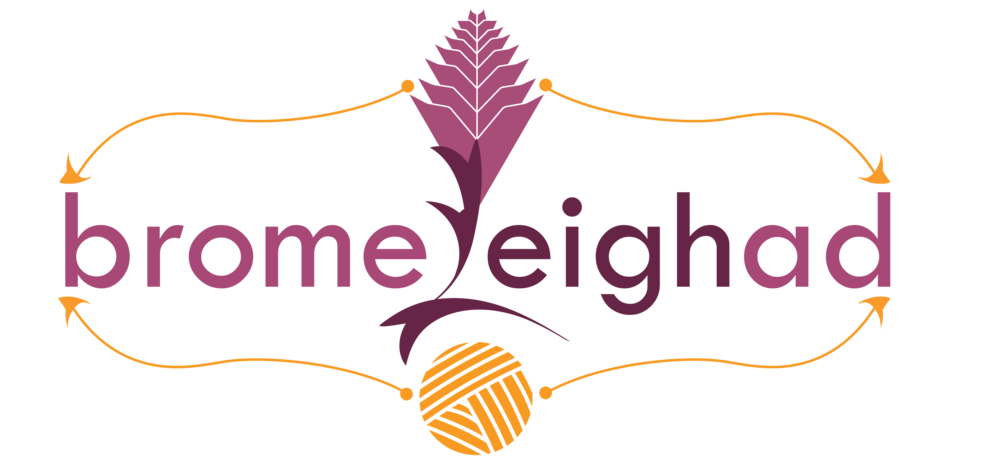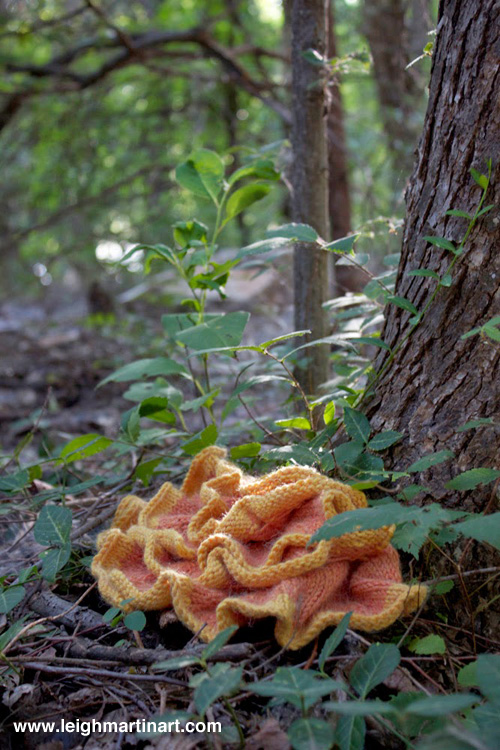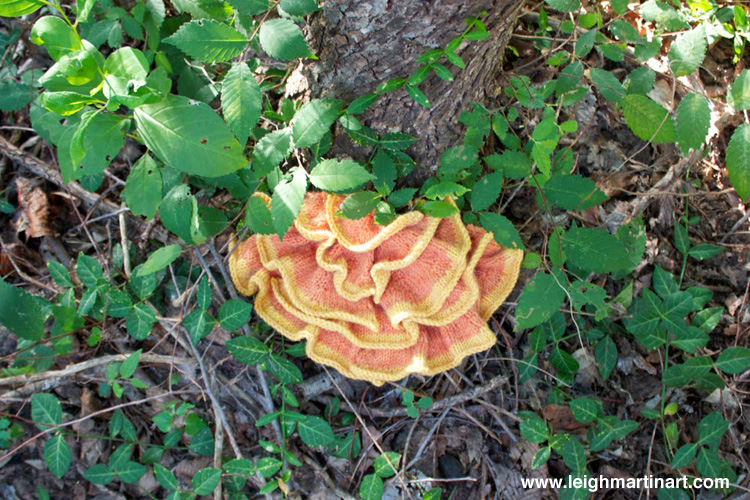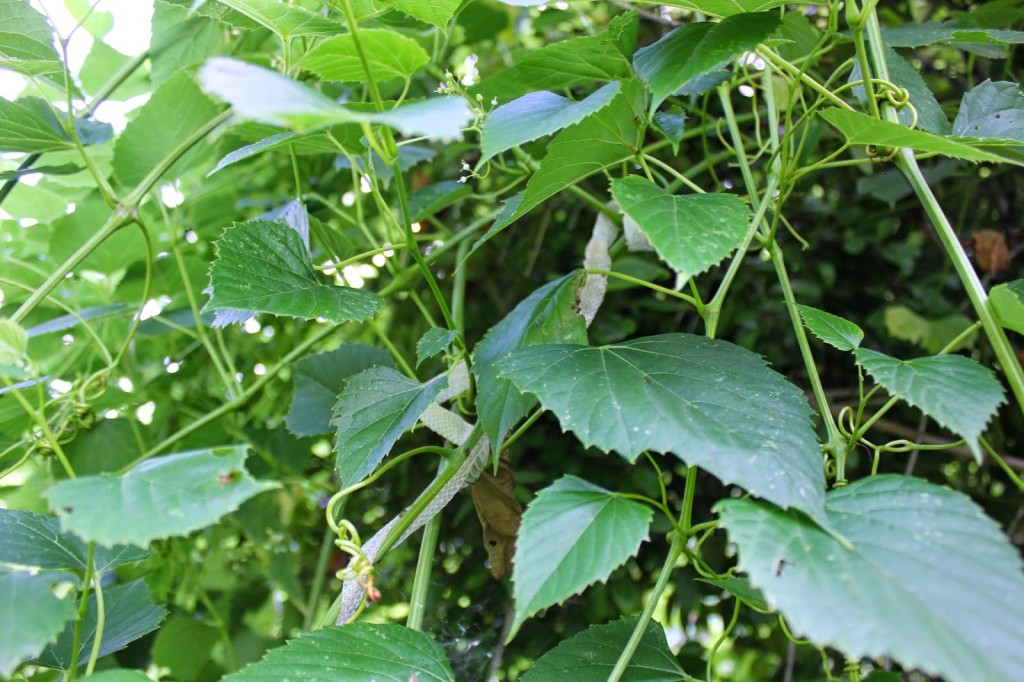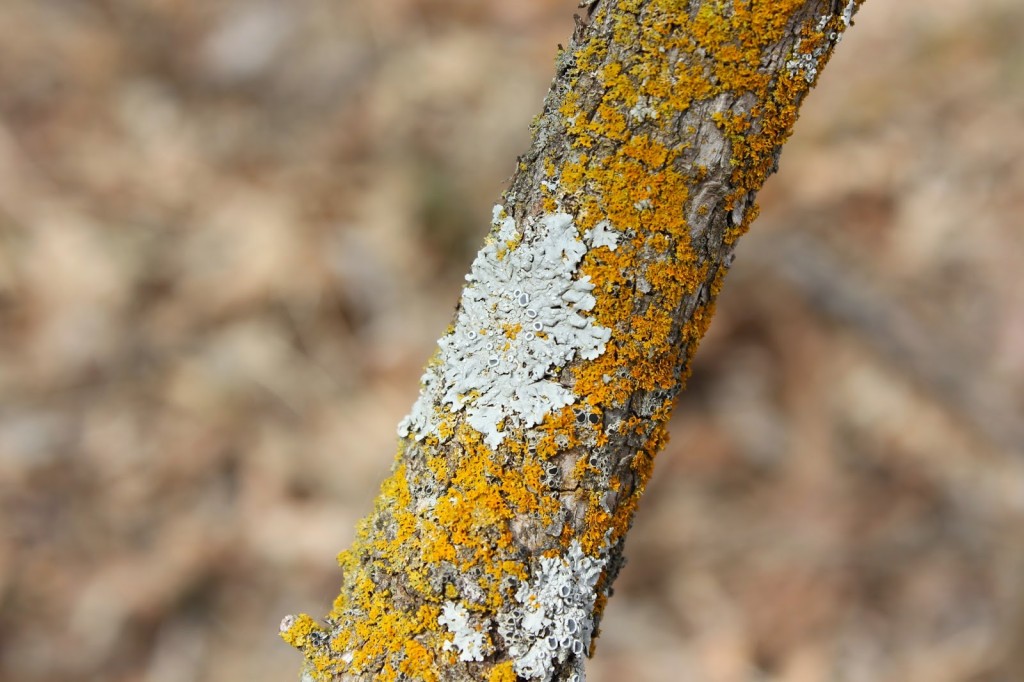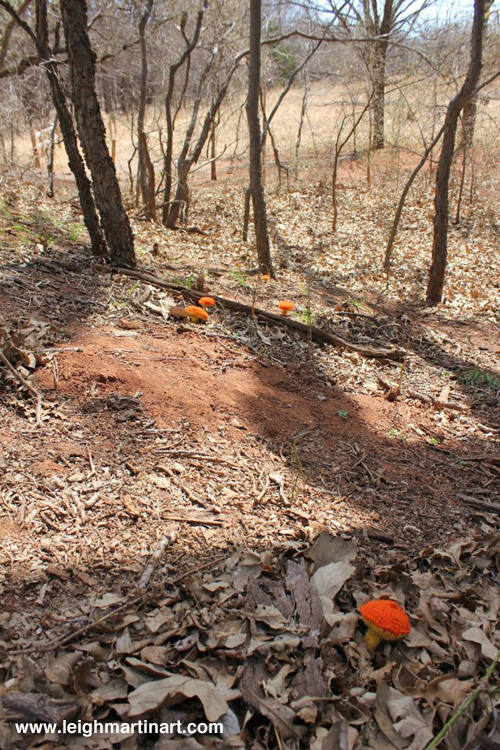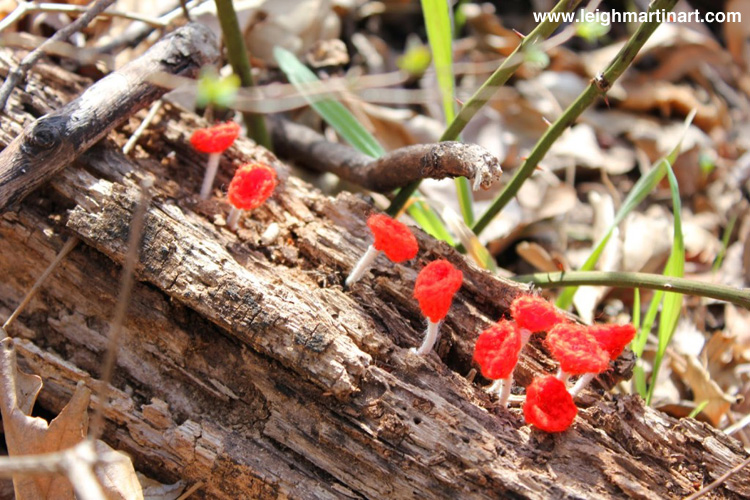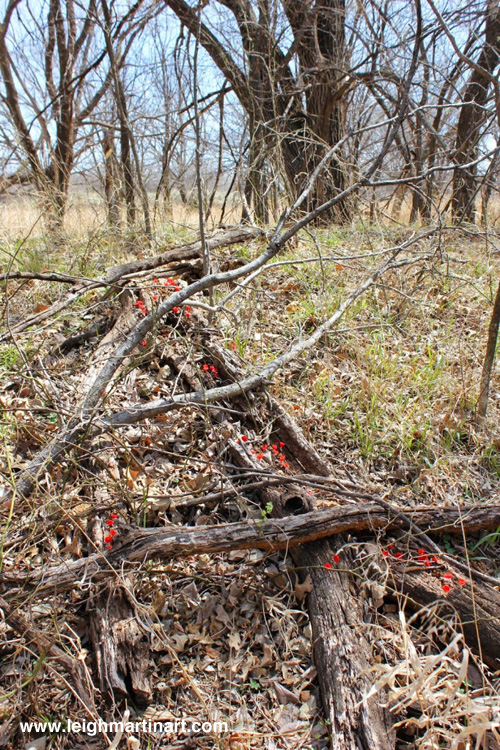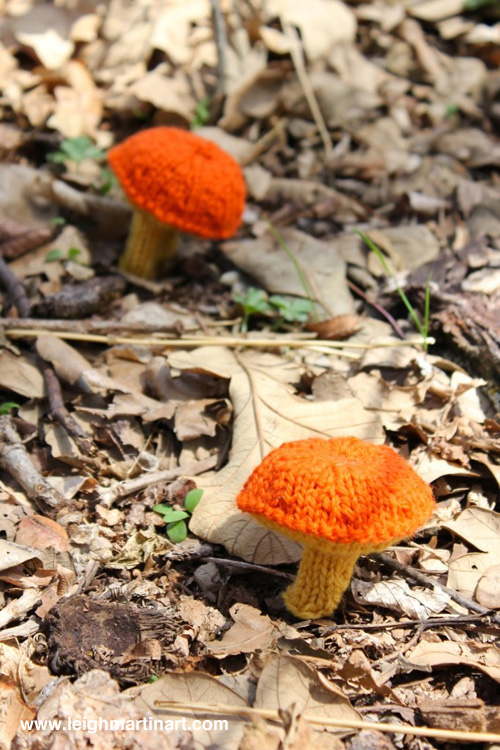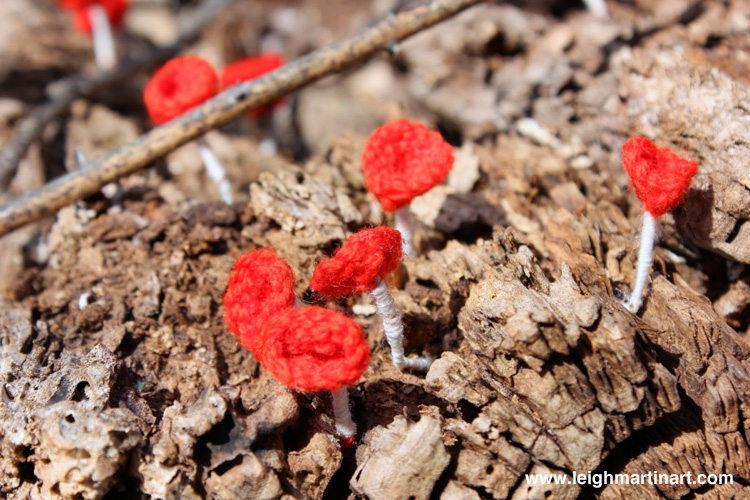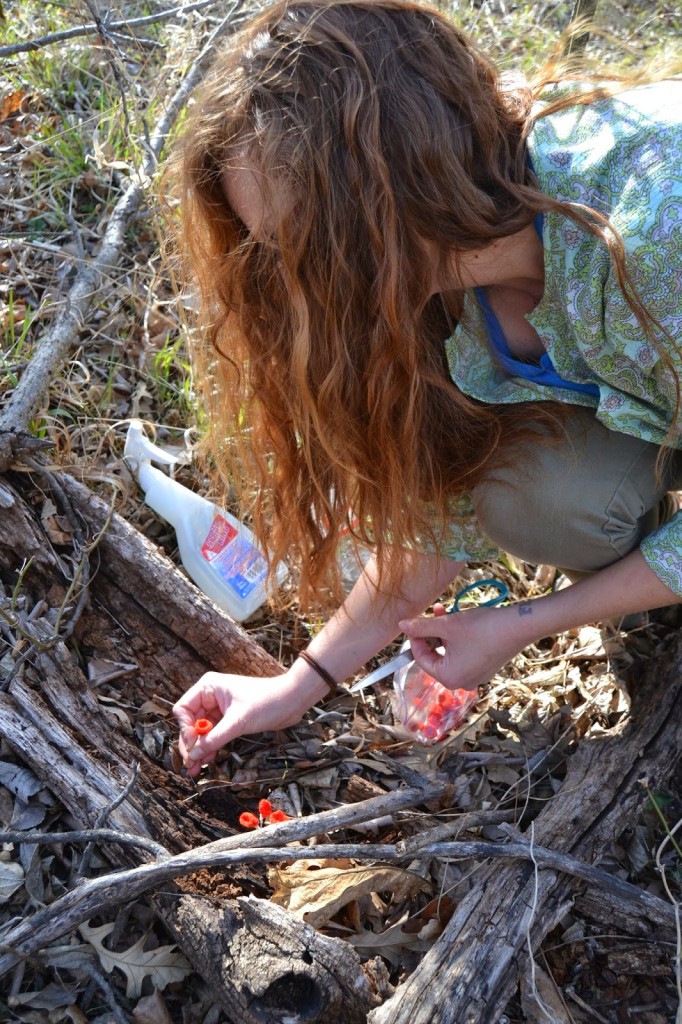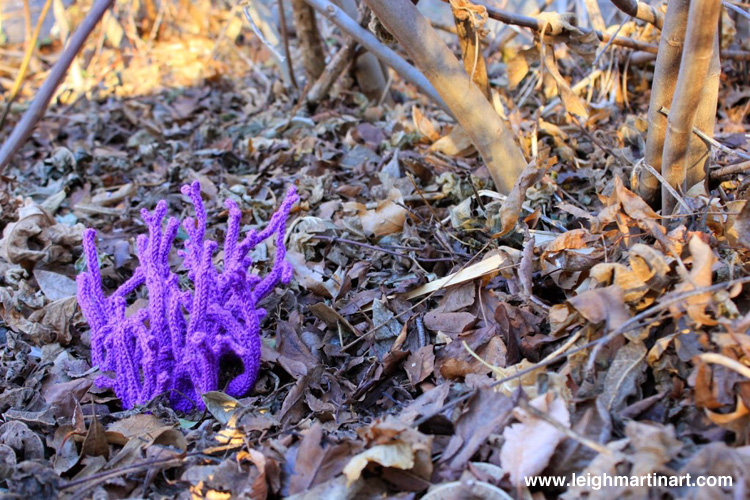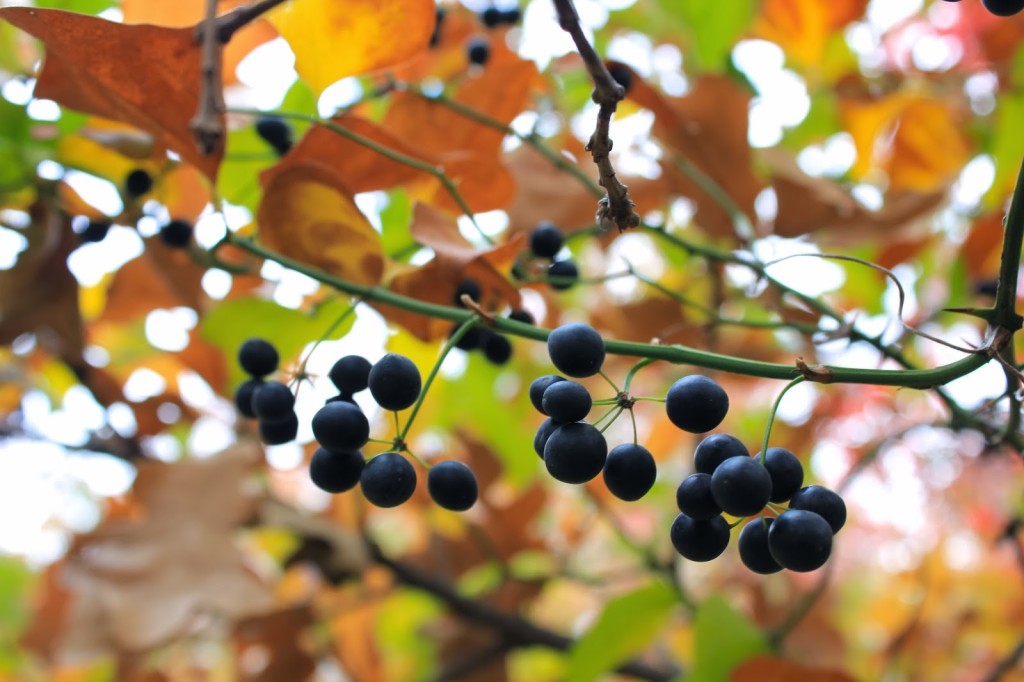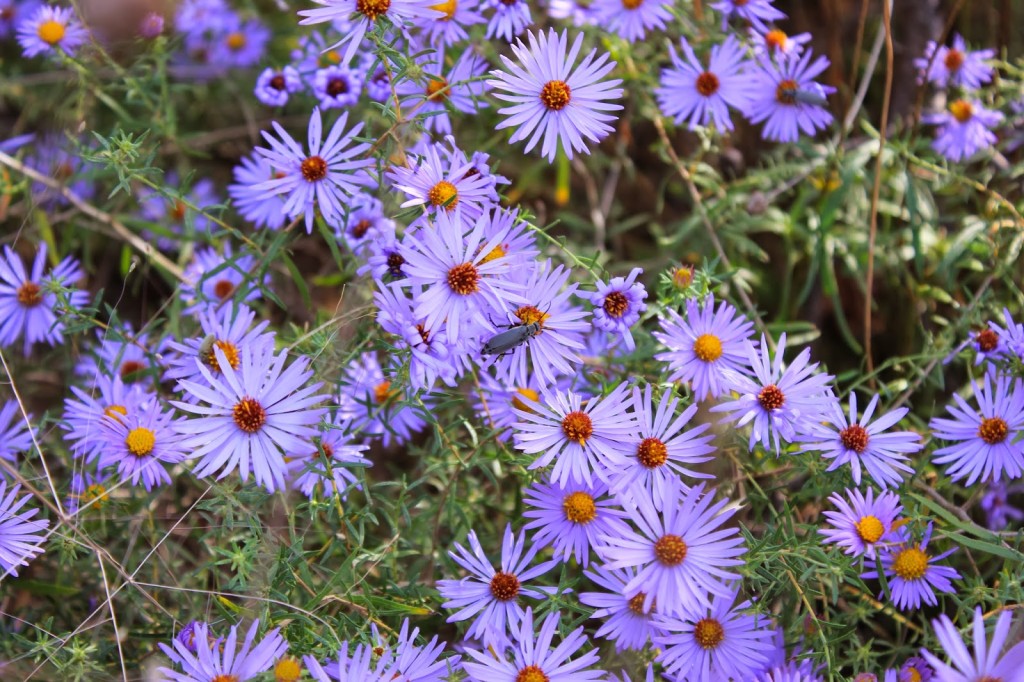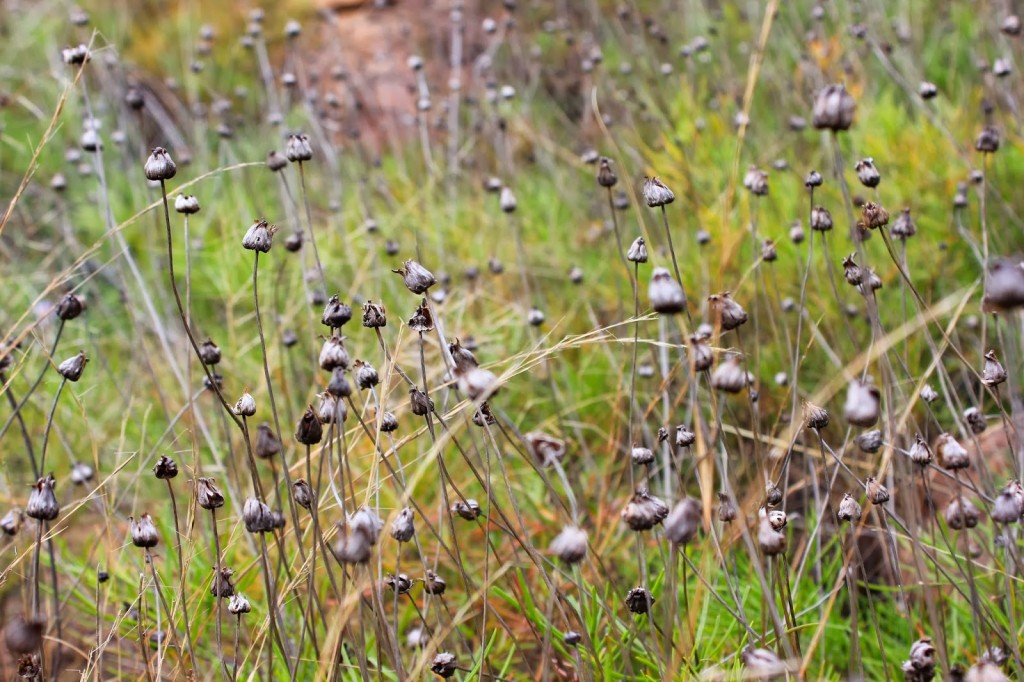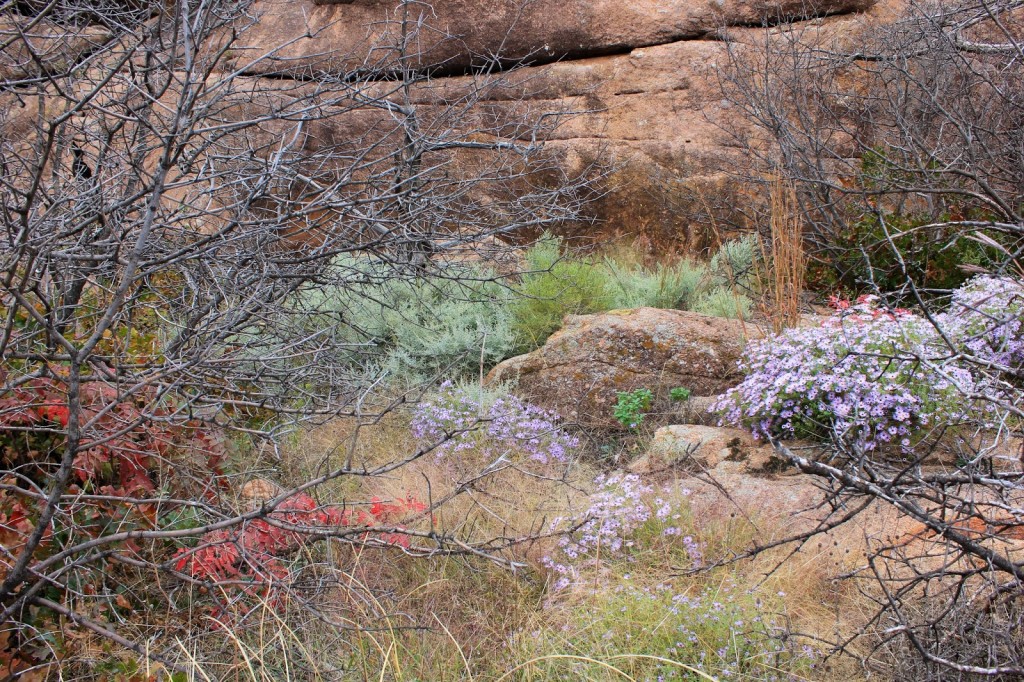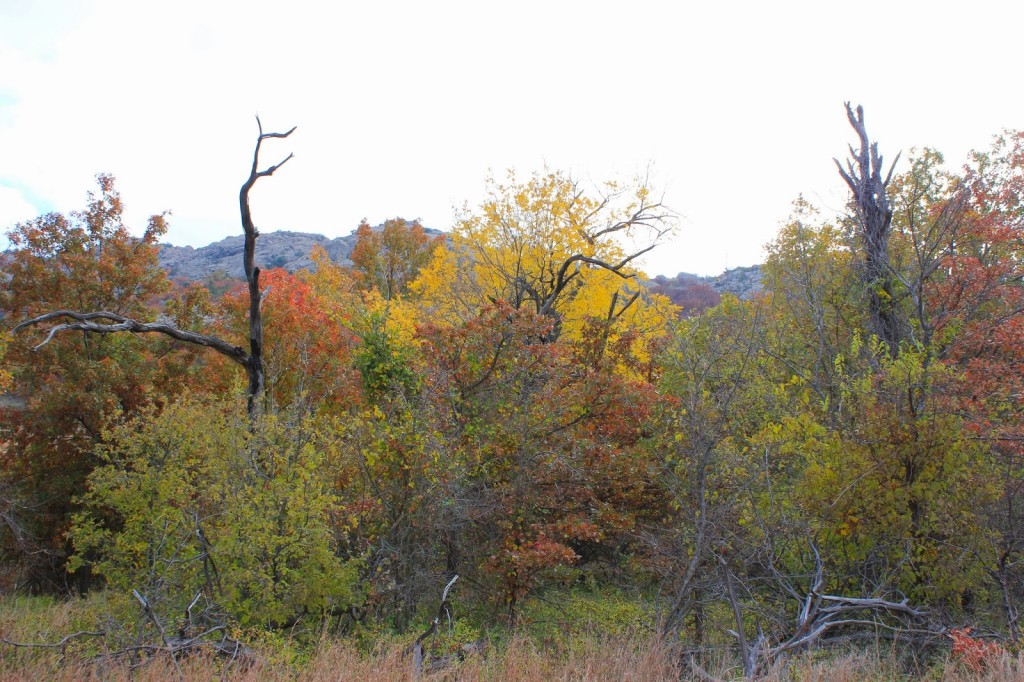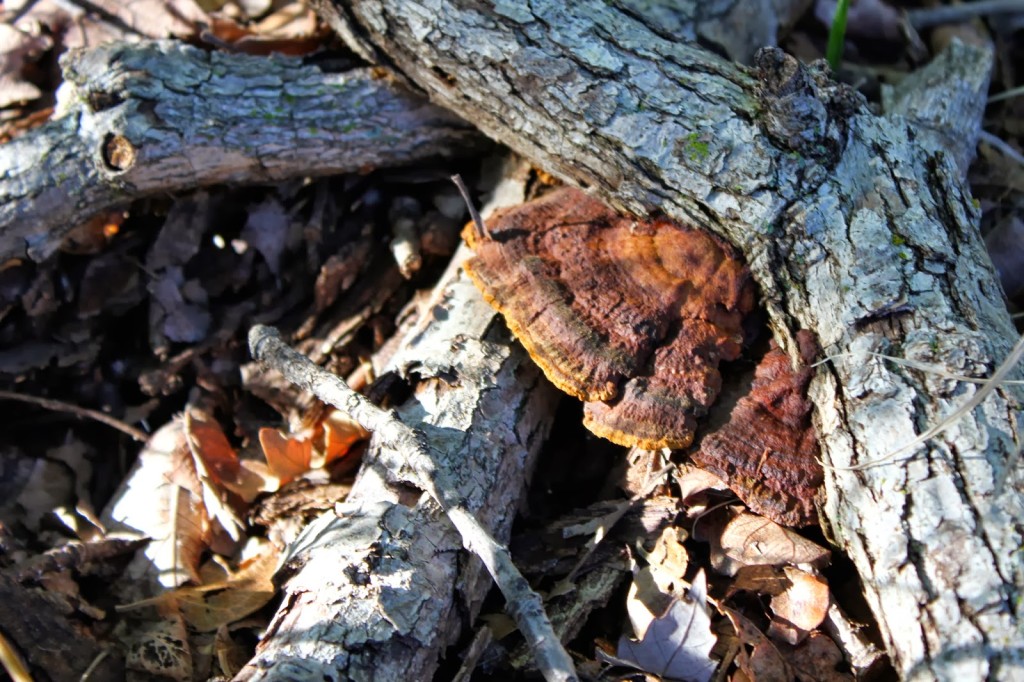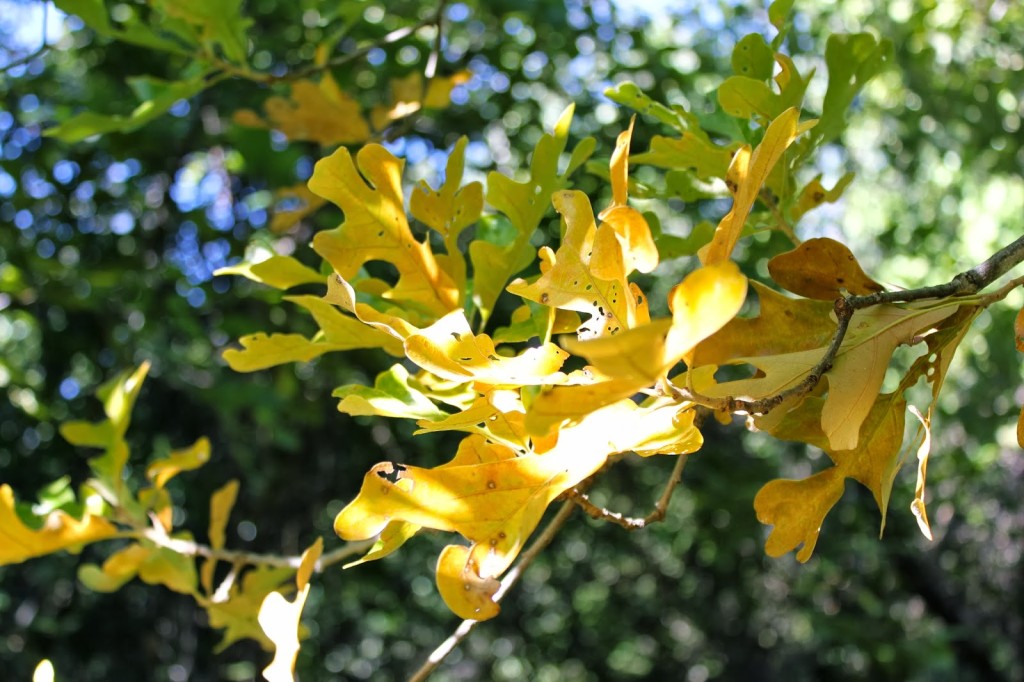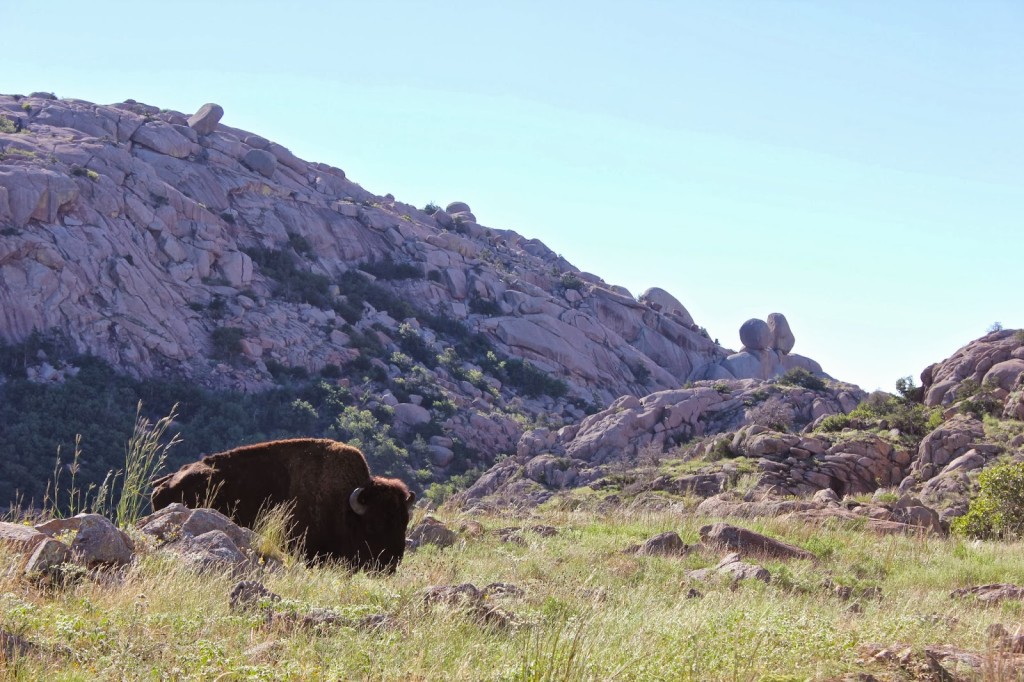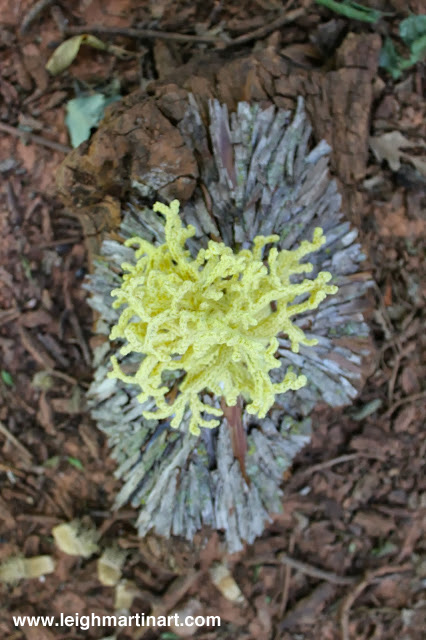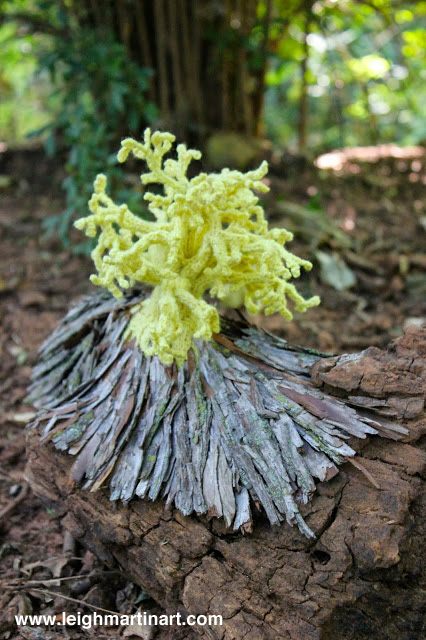In case you haven't seen via social media,
Niche is installed and ready for YOU to observe, starting today! If you're in the Oklahoma City area, I encourage you to visit
Martin Park Nature Center and go for a hike on their beautiful trails. It's really stunning out there right now, as everything seems to be waking up from dormancy.
This past weekend, I placed three installations throughout the three main trail loops-- A, B, and C. In addition, there's a small enclosed installation inside of the Nature Center building. The installations are easy to spot if you're looking for them, but at the same time they are easy to miss if you're not! Beyond my work, there is so much worth paying attention to in this park, from lichen covering the metal beams of the bridge, to tiny coralberries that made it through the winter, not to mention the breathtakingly vast, spreading bur oak trees. I encourage you to make your visit with open eyes, and just take in all that nature has to offer.
Jennifer McClintock, with the City of Oklahoma City Parks Department, was kind enough to send me some photos that she took while I was installing the other day, so I thought I would share a few as a bit of a "sneak peek". I do plan to share my own photos of the finished full scale installations, but not before I give you a little nitty gritty on the species that inspired each form created. One great thing about this project is that I've been able to knock out several new fungi for the
52 Forms of Fungi project. I figured I would introduce the different installations to you by going through the series, and then show images of the finished installations later. So you know, if you want to see the whole thing… bounce on over to Martin Park Nature Center and get in a little peaceful outdoors time. They will be installed as part of EarthFest for the entire month of April!
